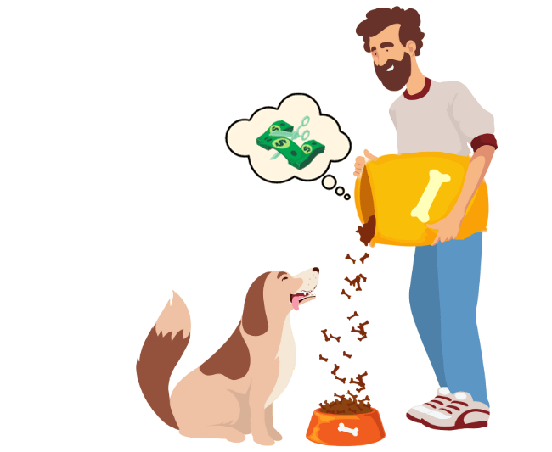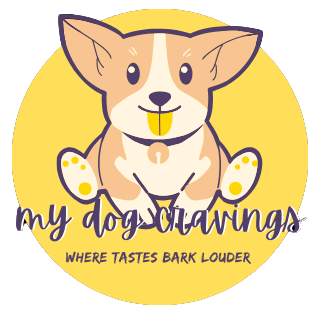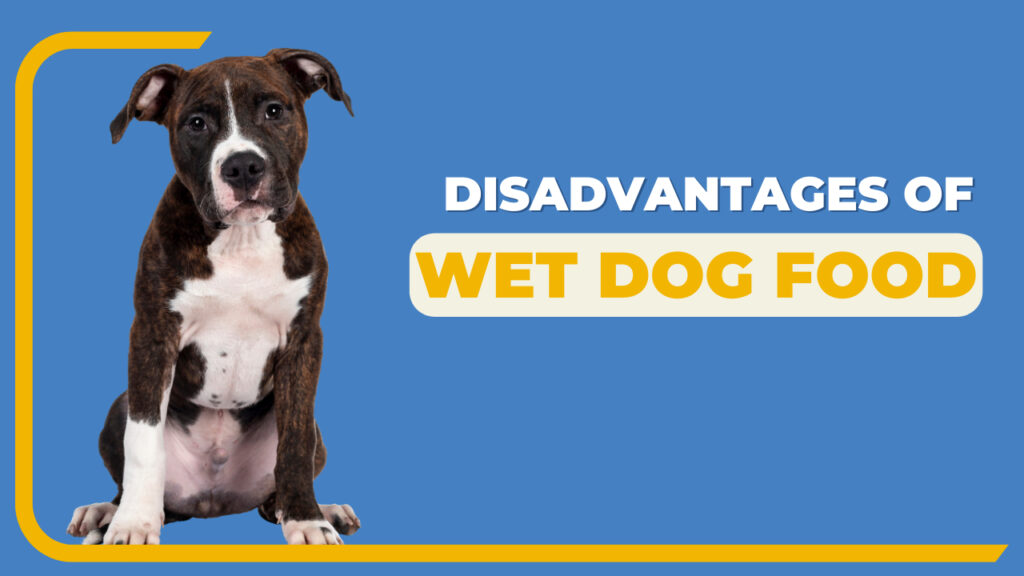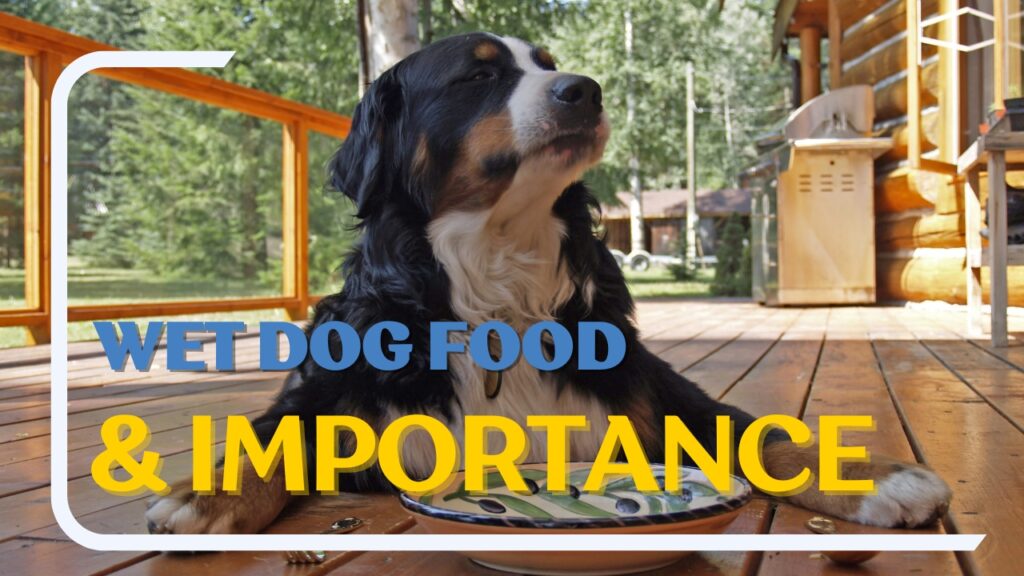How much raw food is needed to feed a dog? Vet Recommendations
Canine parents for the first time and not knowing how much raw food to feed a dog is not a big deal. Feeding dogs depends on the dog’s Age, activity level and Breed. Let’s debunk more!

Table of Contents

Written By: Ethan Anderson
Team My Dog Cravings
Pet parenting is a challenging task! If, like me, you are taking care of a pup for the first time as a parent, then you must be very worried about which ingredients to choose for your pouch. It takes work to select a formula diet immediately; raw food is best. But how much raw food (unprocessed food) to feed your dog is an important question.
Whether you are transitioning from wet or dry dog food to raw food, it is very important to know the exact quantity of raw food to maintain the canine’s nutritional adequacy and body balance. According to an estimate, 10 to 15 percent of dogs like to eat raw food.
Further, in this report, NIH also shares all the guidelines for dogs’ feeding schedules. Raw food increases a dog’s digestibility by smoothing its stomach function and maintaining caloric balance. Let’s check out more!
Raw Foods For Dogs
|
Proper feeding schedules of feeding Raw dog food
A proper feeding schedule is critical to keep canines healthy and energetic. Puppies need a meal four times a day while adults need two times, and senior dogs need one or twice a day according to their needs. On the other hand, feeding the exact quantity of raw food also depends on the Age and Breed of the canine. Let’s have a look at the Guidelines!
Feeding Schedule of Raw Dog Food based on Breed
I needed clarification: how much raw food did I need to feed my dog? No more worries; let’s look at the feeding chart!
Breed | Raw Food % |
| Needs 3-5% Of their body weight. |
| Needs 3-5% Of their body weight. |
| Needs 2-3% Of their body weight. |
| Needs 2-3% Of their body weight. |
Feeding Schedule of Raw Dog Food based on Age
A dog’s Age is also an essential factor in deciding how much raw food to feed, so the chart below serves as a feeding calculator to help you figure out how much to feed a dog of any age.
Breed | 2-3 months | 7-9 months | 10-12 months |
Small | 2-4oz food | 5-7 oz food | 5-7 oz food |
Medium | 10-16 oz food | 12-16 oz food | 10-12 oz food |
Large | 10-16 oz food | 16-22 oz food | 18-22 oz food |
Giant | 34-40-oz food | 44-54 oz food | 50-58 oz food |
Feeding Schedule of Raw Dog Food based on Weight and Activity Level
Dogs eat 2-3% of their body weight. It seems excellent that feeding raw food also depends on the pup’s energy level!
| Needs 2% raw food of body weight |
| Needs 4% of raw food of body weight |
| Needs 3% of Raw food of body weight |
| Needs 5% of Raw food of body weight |
Why is knowing how much raw food to feed a dog is essential?
Like humans, dogs also love to eat flavor-filled food like raw food. The more you give them, the more they will eat. As a result, canines gain weight. Therefore, proper checks and balances are essential. There are two types of raw foods: homemade and processed in factories. In both cases, it is necessary to know how much and how often to give to your dog so that he can maintain his body weight balance and the various nutrients.
Also, remember that the feeding amount of raw food depends on many factors, the first of which is your dog’s Breed, weight, activity level, and Age—one by one, all these factors.
| Dog needs 3.2 oz food if he weighs 10lb. |
| Needs 16 oz of food if dog weighs 50 lb. |
| Needs 24 oz Food if weighs 75 lb. |
Benefits of Raw Dog Food
Along with being delicious and palatable, raw dog food provides many health benefits to dogs, the most significant health benefit being the balance of nutrients. This diet is excellent, with high protein content and good caloric percentage.
All picky eaters who eat wet and dry dog food in moderation digest raw food quickly and enjoy it. Let’s know some more benefits of raw canine food!
- No allergies:
As no extra ingredients are added to raw dog food, no preservatives, no fillers, and no poultry by-products, the health issues in dogs are much less . About five percent of dogs with allergies should use a raw diet.
- Shiny skin and coat:
Unprocessed food is made with fresh ingredients. The high level of animal protein makes the dog’s fur shiny and improves skin growth . Additionally, the natural antioxidants in food work best on the dog’s skin.
- Weight management:
Obesity is the root cause of all diseases, but you can now meet the weight management AAFCO criteria by giving your dog a raw diet. This specific diet prevents the dog from gaining weight, and easy digestibility smooths the dog’s metabolism.
- High calcium and phosphorus:
Raw food contains crushed bones, which have a high level of calcium and phosphorus, which is ideal for all dogs suffering from arthritis. Chondroitin and glucosamine also increase the dog’s activity by strengthening the muscles.
- Smooth gastrointestinal function:
Now, there is no need to worry about constipation and diarrhea in your dog because this low-carbohydrate, high-fiber diet eases stool passage.
Conclusions:
Finally, if you want to improve your dog’s health, use raw food in the proper amounts—2-5 % of canine body weight—and on the complete schedule, as two meals a day outlined above. Select Raw food from any Brand that Follows AAFCO dog food guidelines. To learn more about Wet or Dry Dog Food, visit our website!
References
- https://rawandfresh.com.au/blogs/feeding-dogs/how-much-raw-dog-food-to-feed
- https://www.petplan.co.uk/pet-information/dog/advice/raw-dog-food/
- https://perfectlyrawsome.com/raw-feeding-knowledgebase/biologically-appropriate-raw-food-barf-adult-dogs/#:~:text=BARF%20diets%20consist%20of%20raw,to%20feed%20muscle%20meat%20exclusively.

Research By: Brian Mitchell
Team My Dog Cravings





